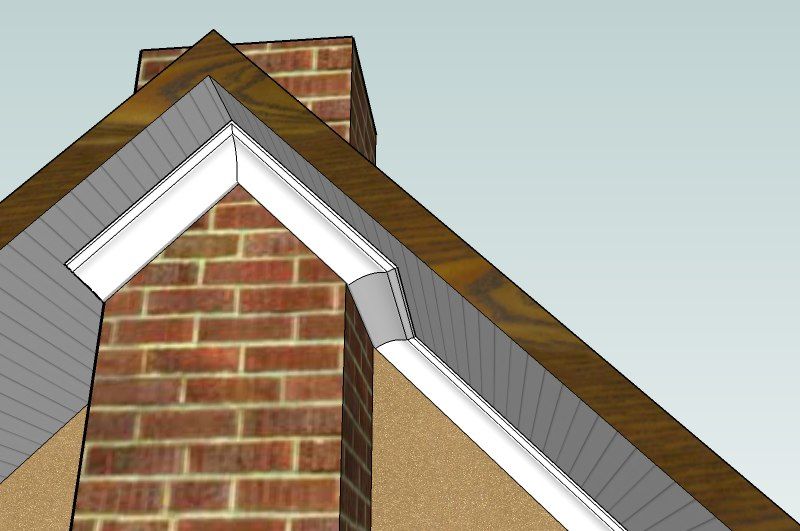Question
I've been asked to bid a job that calls for fabrication and installation of large (4' x 8') veneered panels (AWI Premium grade). The panels are to be installed on new steel stud/sheetrock walls with no visible fasteners. It will be possible to fasten the top and bottom of each panel with screws, as these areas will be covered later by base and crown molding. Does anyone have any thoughts on how to secure the interior and side portions of these panels, or are you familiar with a special fastener or adhesive that might work? Any insights will be helpful.
Forum Responses
(Architectural Woodworking Forum)
From contributor R:
We recently did one where we used what we called a Z metal. I donít think it is the correct name. You hang it on the wall then one on the back of the panels. There are three heights for a 4x8 sheet. Use a return on the ends where exposed, it will be about 1/2" space behind the panel. There are no exposed fasteners and it will hang well.
Both of those pretty much would require something more solid behind them. There is also the Inviso magnetic fastening system. It uses and electromagnet to turn a hidden cam to lock parts together, but I'm not familiar enough with it to know if the parts would be compatible with this application. You might want to research that.
Really, the best solution might be metal keyhole brackets. The panels would get a mortise milled in the back. An oval metal bracket is screwed in place. It has a keyhole in it. Different length studs are available to mount to the wall, the panel is then positioned over the studs and dropped into place. Rockler carries this type of fastener as well as flush mount drop in brackets.
With the blocking plumb, it will insure that that portion of the quality standard is met and will give you a nicer looking job. With the panels z clipped, if there is trade damage to a panel it can be removed and repaired or replaced without a big hassle.
If you are doing AWI premium grade for an architect that knows what it means, you would be well advised to thoroughly read the Quality Standards section in one hand and the architect's spec in the other, to be sure you are complying with all of the standards. Otherwise you may end up doing it twice.
I prefer a variation on the French cleat where you use rabbets instead of 45's to the monarch clips. The monarch clips are great where you're hanging panels on a wood substrate, the french cleat made with a little clearance in the rabbet are easier to work with on drywall.
Comment from contributor A:
Plywood to light gauge steel stud framing is mostly used as backing attached to the framed wall immediately behind the drywall. It is used as an anchor base for trim nails, screws for shelving and all other wall mounted items.
In this case, a few methods are currently acceptable practices for installation of plywood or nominal wood backing in light gauge steel stud framing. These are: a) Traditional Method- directly attaching the pre-cut and kerfed plywood strips with screws to the studs; b) installation aid-backing clips attached to studs then plywood strips attached to the clips; and c) combined system- metal straps and pre-attached plywood boards at then attached to the frame.
Each system is excellent in practice based on your project needs. Traditional installation works best for very small projects with minimal backing requirements. Combined Systems work exceptionally well for very long runs of backing in standard framed walls at 24" and 16" on center wall with tolerant deviations less than 1/4" in layout.
The best are backing clips due to their flexibility in all framing situations, ease and speed of installation and the unnecessary need for a skilled installer. So determine your needs and research available products. Make a good choice for your project.
If your customer wants to completely avoid having an air gap, one argument works best for us: "To avoid warpage of the wood panel during changes in the temperature and humidity, it is necessary to have this air space..." Otherwise, we have used troweled-on panel mastics, but you lose the drywall when remodeling.
